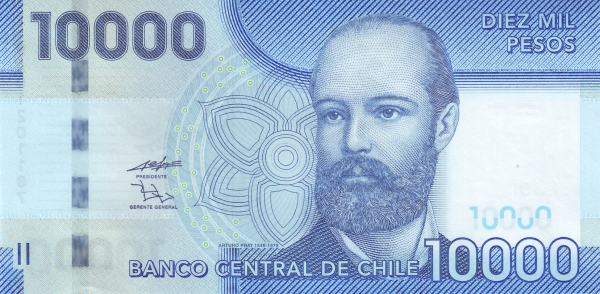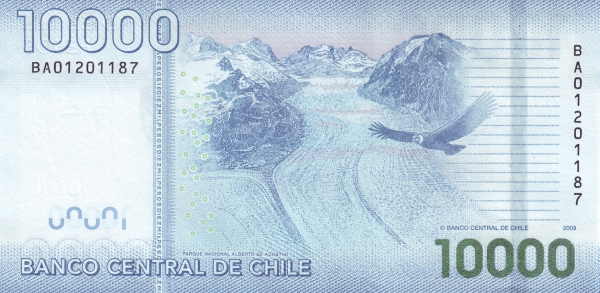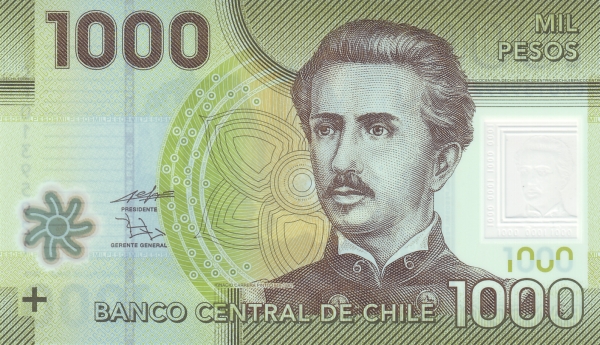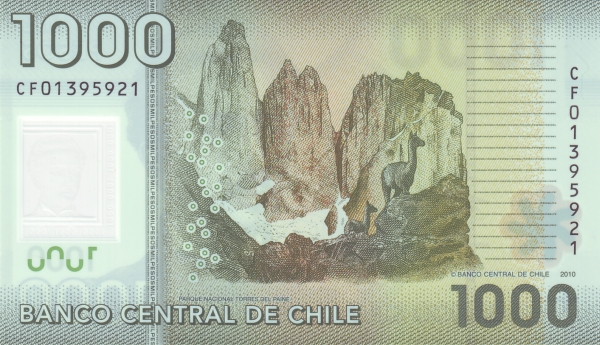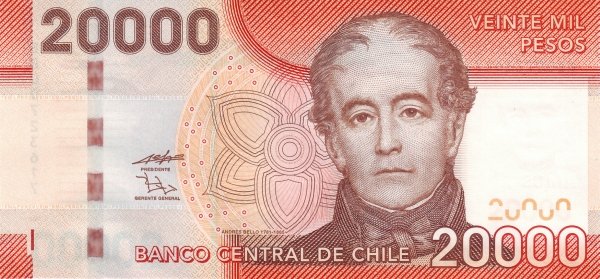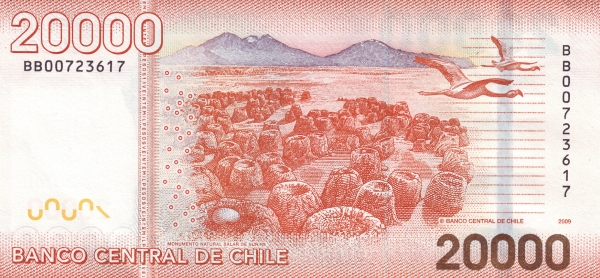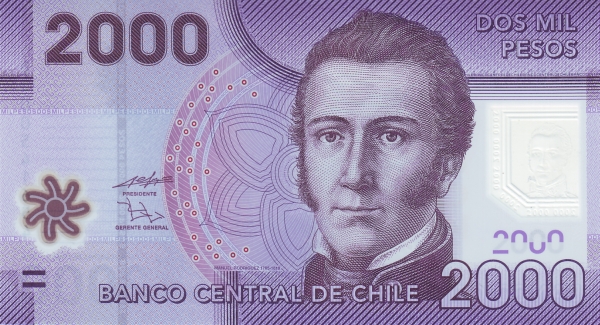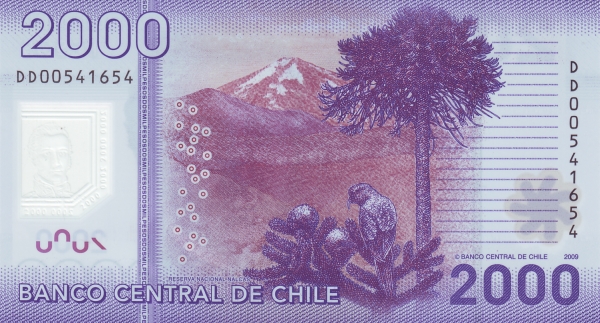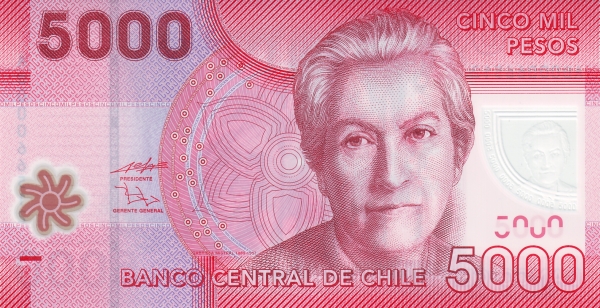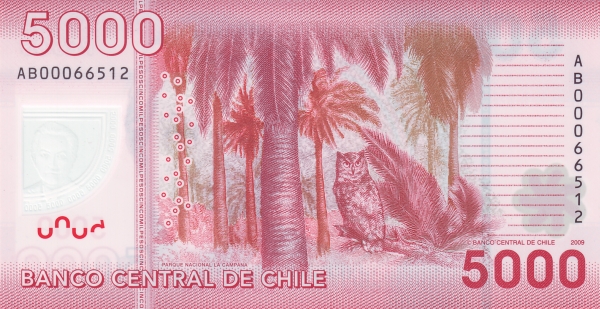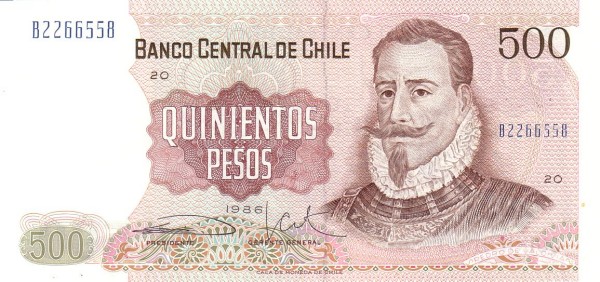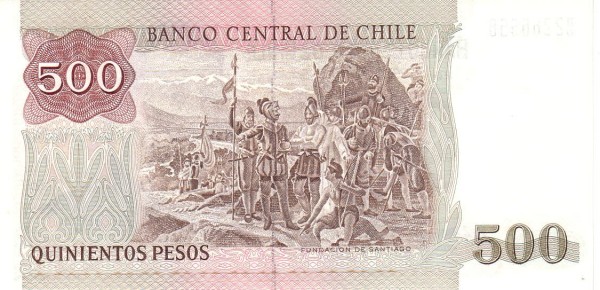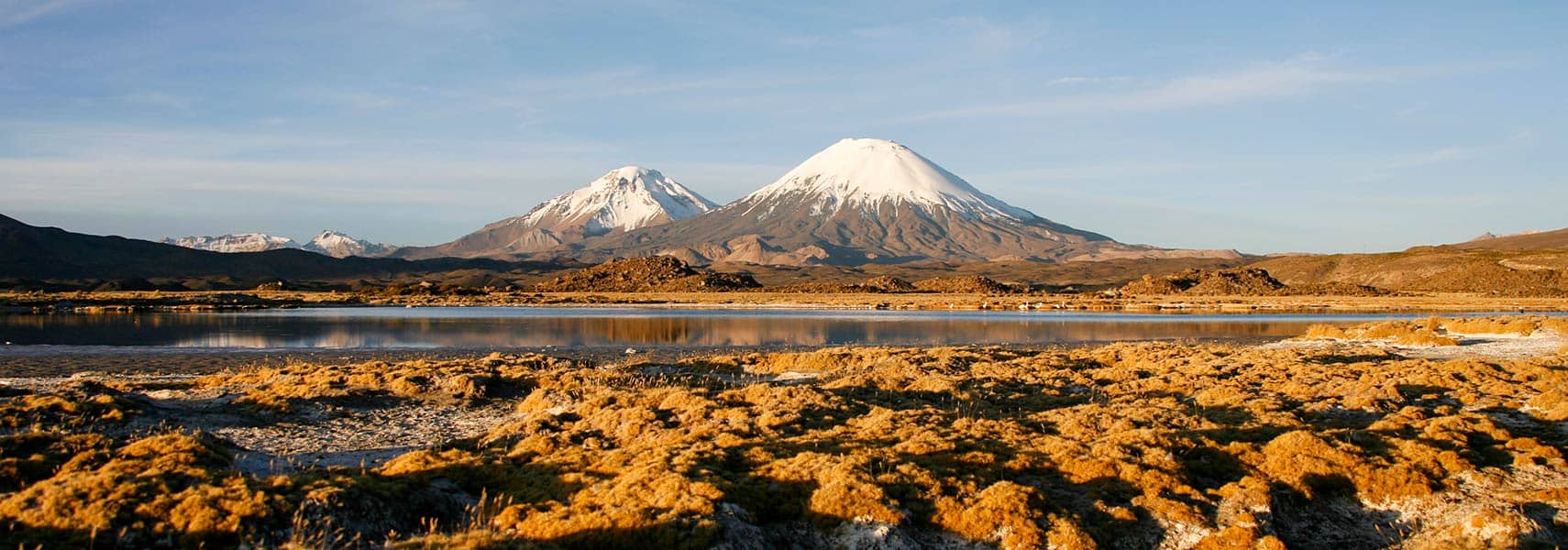Discovering Chile: A Land of Diversity
Chile, a strikingly beautiful country, stretches along the western edge of South America. This long coastal strip lies between the majestic Andes mountains and the vast Pacific Ocean, creating a marvel of natural scenery. Nestled between Argentina and Bolivia to the east, Chile also shares a brief border with Peru to the north. Spanning an impressive area of 756,102 km², Chile is slightly smaller than Turkey and about twice the size of the U.S. state of Montana. As you explore this magnificent nation, you will discover not only its physical beauty but also the richness of its culture and history.
A Glimpse into Chile's Demographics
The Republic of Chile, as it is officially known, boasts a population of approximately 19.7 million people, as per the official estimates in 2021. The vibrant capital city, Santiago, serves as the heart of the nation, pulsating with life and culture. Interestingly, the predominant language spoken in the country is Spanish, lending a unique flavor to the local heritage and community interactions.
A Turbulent Yet Transformative History
Chile's history is marked by significant events that have shaped its identity. For instance, in 1973, a Marxist government was abruptly overthrown by a military dictatorship led by Augusto Pinochet. This regime ruled the country with an iron fist until the return of democratic elections in 1990. The era of Pinochet had lasting effects on Chile's economic landscape. Implementation of sound economic policies during his regime catalyzed unprecedented growth from 1991 to 1997. These measures not only established a prosperous economy but also solidified Chile’s commitment to a democratic and representative government.
Chile's Economic Resurgence
Although economic growth slowed down between 1998 and 1999, Chile's economy rebounded robustly in 2000. This resilience highlights the country’s ability to adapt and thrive despite challenges in the global landscape. Today, Chile enjoys the status of one of the most stable and prosperous countries in South America, often serving as a model for economic reforms in the region.
Cultural Richness and Heritage
In addition to its tumultuous political history, Chile also possesses a vibrant cultural tapestry. The country's culture reflects indigenous influences mixed with the European heritage brought by Spanish colonizers. Traditional folk music, colorful festivals, and delectable cuisines highlight this blend. For instance, the Cueca, Chile's national dance, captures the spirit of its people, portraying themes of love and courtship in lively choreography.
Natural Wonders of Chile
Chile's geographic variety offers breathtaking landscapes that captivate travelers. The Atacama Desert, recognized as the world's driest nonpolar desert, showcases unique geological features that draw countless visitors. Additionally, the Patagonian region enchants with its dramatic mountains, pristine lakes, and variety of wildlife. The Torres del Paine National Park is a notable part of this area, famous for its stunning parks and scenic views.
Wine Production: A Proud Heritage
Another fascinating aspect of Chile is its renown for exceptional wine production. The country is home to some of the world’s top vineyards, producing a variety of wines that have gained international acclaim. The diverse climate and rich soil across regions contribute to the unique flavor profiles of Chilean wines, making it a paradise for wine enthusiasts and connoisseurs alike. Wine tours through the picturesque valleys provide an unforgettable experience.
Sports and Recreation in Chile
Moreover, Chileans are fervent about sports, with football (soccer) holding a special place in their hearts. The national team, "La Roja," enjoys passionate support from fans across the country. The excitement surrounding local matches often spills into the streets, creating a festive atmosphere. Beyond football, outdoor activities such as skiing in the Andes and surfing along the coastal regions invite both locals and tourists to engage with Chile's remarkable landscapes.
Why Visit Chile?
In conclusion, exploring Chile offers a myriad of enriching experiences. From its rich history and cultural vibrancy to breathtaking landscapes and culinary delights, the country promises something special for every visitor. To fully appreciate this incredible nation is to understand its people, traditions, and the natural forces that mold its identity. As you plan your next adventure, consider Chile as a destination that captivates and inspires. Prepare for an unforgettable journey filled with remarkable discoveries that await you in this enchanting land.
Largest cities of: Chile
| City Name | Population | Year of foundation | |
| Santiago | 7,010,000 | 1541 | |
| Antofagasta | 400,000 | 1866 | |
| Valparaíso | 300,000 | 1536 | |
| Temuco | 300,000 | 1881 | |
| Rancagua | 240,000 | 1743 | |
| Concepción | 229,000 | 1550 | |
| La Serena | 206,000 | 1544 | |
| Talca | 200,000 | 1742 |
Chile: Money
